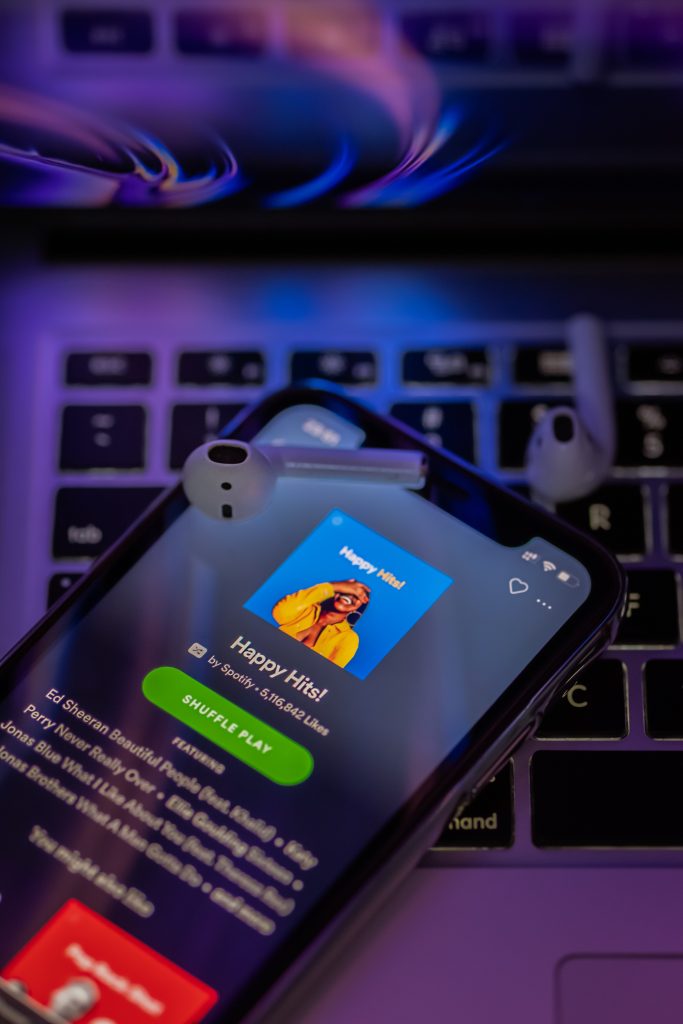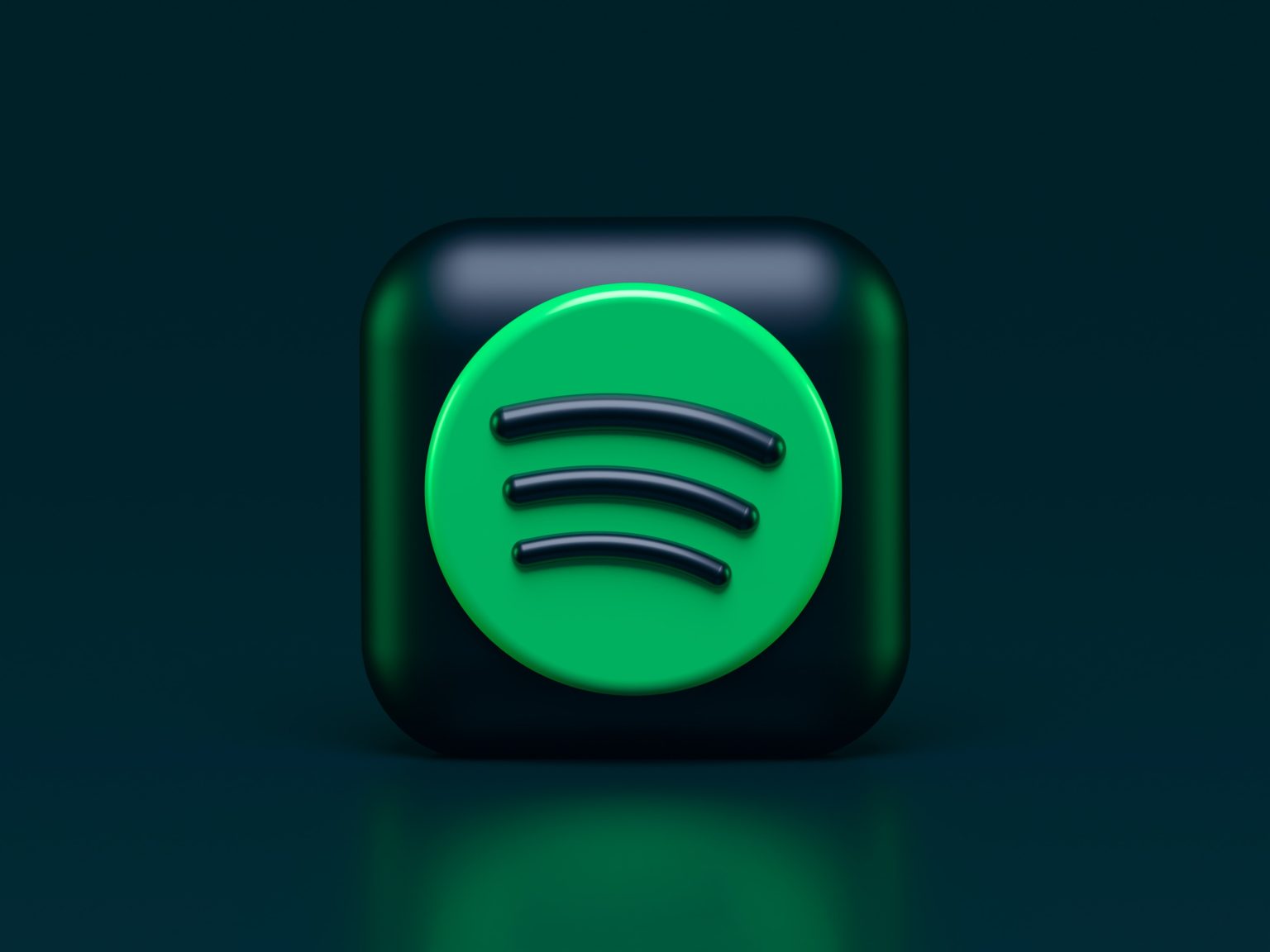Spotify is one of the leading music streaming platforms in the world, boasting millions of active users and providing a global stage for artists. Whether you’re an independent musician or signed to a record label, getting your music on Spotify can boost your visibility, help you build a fan base, and even generate revenue. But how do you upload your tracks to Spotify?
In this guide, we’ll explore the simplest ways to upload music to Spotify, as well as the guidelines and tools available for artists looking to make the most of the platform.
How to Upload Music to Spotify
Uploading music to Spotify requires using a digital distributor, which acts as an intermediary between you (the artist) and Spotify. If you’re signed to a record label, the label will usually handle this process for you. However, independent artists need to choose a distributor that will ensure their music is uploaded, licensed, and available for streaming on Spotify.
Some popular distributors that work with independent artists include:
- DistroKid
- TuneCore
- CD Baby
- RouteNote
These services vary in terms of pricing, payment models, and distribution networks, so it’s important to do some research before selecting one. Some distributors charge a flat fee per year or per release, while others may take a commission from your earnings.
Once you’ve selected a distributor, the process is relatively simple:
- Create an account on the distributor’s website.
- Upload your music files along with necessary metadata like track titles, artist name, album artwork, and genre.
- Choose the streaming platforms where you want your music to appear, including Spotify.
- Submit your music for review. Once the distributor has approved your music, it will be sent to Spotify and made available for streaming.
Guidelines for Music on Spotify
Spotify is committed to being an open platform for creative expression, but it also has specific guidelines about the content it hosts. While most music is welcome, there are certain rules to be aware of:
- Content that is infringing, explicit, or illegal may be removed or filtered by Spotify.
- Copyright violations are strictly prohibited. You must own the rights to the music you’re uploading, or have permission from the rights holder to distribute it.
- Artists are encouraged to submit high-quality audio files (typically in WAV or FLAC format) to ensure that their music sounds as good as possible when streamed.
Spotify calculates royalties based on a variety of factors, including the artist’s share of total streams in a given market and the number of premium (paid) vs. free listeners. While there’s no fixed amount per stream, the more popular your music is, the more you’ll earn.
What About “Spotify for Artists”?
Spotify for Artists is a valuable tool that allows musicians to manage their profiles, track their performance, and connect with their audience. Through Spotify for Artists, you can:
- Claim your artist profile and customize it with bios, photos, and social links.
- Track real-time statistics about your streams, followers, and playlists that feature your music.
- Submit your music for playlist consideration, which can greatly boost your visibility on the platform.
Spotify used to offer a feature where artists could upload their music directly through the Spotify for Artists platform. However, this feature has been discontinued. Now, you must go through a distributor, but you can still use Spotify for Artists to manage your presence on the platform and access detailed analytics about your music’s performance.
If you’re working with a distributor like TuneCore, they will automatically help you claim your artist profile on Spotify once you release your first track.
Why Upload Music to Spotify?
Spotify offers several advantages for musicians looking to share their work with the world. Here are a few reasons why you should consider uploading your music to Spotify:
Global Reach: With millions of active users worldwide, Spotify gives artists the opportunity to reach listeners in every corner of the globe. Whether you’re an emerging artist or an established musician, Spotify provides a platform to showcase your music to a diverse audience.
Playlists: Getting your music added to popular playlists on Spotify can significantly increase your exposure. Playlists, both algorithmic and user-curated, are a crucial part of how many users discover new music on the platform. Submitting your music for playlist consideration through Spotify for Artists is an excellent way to grow your audience.
Analytics: Spotify for Artists provides detailed analytics about how your music is performing. You’ll be able to see real-time data on how many streams your songs are getting, where your listeners are located, and which playlists are driving the most traffic to your tracks. This data can help you understand your audience and plan future releases and marketing strategies.
Monetization: While streaming royalties may not make artists rich overnight, they do provide a source of income. As your music gains traction and gets more streams, you’ll start to see payouts from Spotify based on the number of listens and the territories where your music is popular.
Promotion: Spotify is a key part of any artist’s promotional strategy. In addition to streaming, Spotify allows artists to create and share playlists, collaborate with other artists, and engage with their fans directly through the platform.
Uploading Your Own Music Files
In addition to distributing your music on Spotify through a digital distributor, you can also upload your own local music files to Spotify and listen to them on any device. This is especially useful if you have music in your personal collection that isn’t available on Spotify due to copyright issues.
To upload your local files to Spotify, follow these steps:
- Open the Spotify desktop app on your computer.
- Click on the Profile icon in the top right corner and select Settings.
- Scroll down to the Local Files section and toggle the switch to enable it.
- Click Add a Source and navigate to the folder on your computer where your local music files are stored.
- Your local files will now appear in the Local Files playlist, and you can add them to any playlist or play them directly through the Spotify app.
Once your local files are added to Spotify, you can also sync them to your mobile devices and listen to them on the go.
FAQs
Q: How much does it cost to upload music to Spotify?
A: The cost of uploading music to Spotify depends on the digital distributor you choose. Some distributors, like RouteNote, offer free plans with a commission on your earnings, while others like DistroKid charge a flat annual fee.
Q: Can I upload my music directly to Spotify?
A: No, Spotify no longer allows artists to upload their music directly through the platform. You must use a digital distributor to get your music on Spotify.
Q: Can I make money from Spotify?
A: Yes, you can earn money from Spotify through streaming royalties. The amount you earn per stream varies based on factors like the listener’s location and whether they’re using a free or premium account.
Q: Is Spotify better than Apple Music?
A: Both Spotify and Apple Music are popular music streaming services, and the choice between them often comes down to personal preference. Spotify is known for its user-friendly interface and extensive playlist options, while Apple Music offers higher audio quality and deeper integration with Apple devices.
In conclusion, uploading music to Spotify is a straightforward process, especially with the help of a digital distributor. Once your music is on the platform, you can use Spotify for Artists to manage your profile, track your performance, and engage with your fans.

Guidelines for music on Spotify
Spotify is an open platform for artistic expression. We believe in everyone’s freedom to share their sound. So ordinarily, every producers and content contain welcome on Spotify. However, in any plot wherever content is infringing, unlawful, explicit, or dirty, it may be rejected or filtered by Spotify. There’s more about what content is prohibited here.
There is no fixed rate on how much an artist is paid per stream – Spotify calculate royalty payments based on several factors, including territory and market share (the more popular your music, the more you’ll get paid).
What About “Spotify for Artists?”
Spotify also released a feature called “Spotify for Artists” that you should sign up for. It worked to let you easily upload numbers to Spotify and accomplish your artist profile.
Unfortunately, they recently announced that they’d be closing the upload side of the service. You can still utilize it to manage your artist outline, however.
And if you apply to TuneCore, they support you automatically to claim your profile when you release your first track.
Spotify is one of the most accessible music streaming services out there that keeps increasing, and there is more than one reason for that. You can enjoy this music streaming platform on your own or with your friends, creating collaborative playlists and exchanging your favorite songs. For concerned parents, Spotify has a child-friendly mode that will prevent your kids from safe. Finally, as a new artist, you can submit your music to Spotify.
Yet there’s one nifty concise-known trick that will become your Spotify user encounter for good. Not a lot of users know that you can upload your music to Spotify. Learn wherewith to play local files from your workstation in Spotify and why your strength wants to do it.
It’s well worth it to achieve your residence on the largest streaming principles in the world. You likewise get great analytics and stats about your musicology administration online, but I don’t think it’s integrated including the Spotify app on your mobile equipment.
Why Upload Music To Spotify?
Spotify’s library is enormous. The app has over 50 million impressions to contribute. Still, you can run across channels that you won’t find on Spotify. If you see a particular path or an album missing on the platform, that’s probably due to copyright conflict.
An easy way beyond is to buy this track or register elsewhere and upload it to Spotify. This innovation is also useful if you already have a plentiful music collection on your design apart from Spotify. You can add your own “local” records to your Spotify music library and practice the app to listen to them on any equipment you own.

